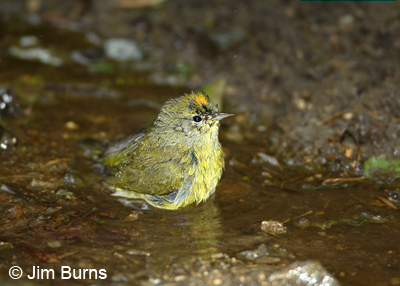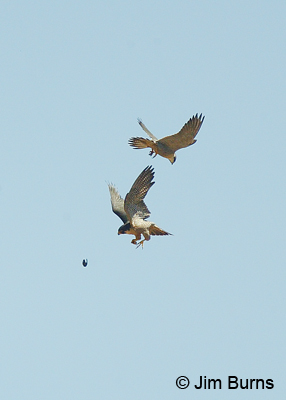
As long-time readers of this column will remember, it all began typically and innocently enough. A love of the outdoors and a general interest in nature led to a desire to put correct names on the avian beauty encountered along backpack trails and canoe streams. Specifically there was the brilliant lemon bird with the scarlet head in Colorado (Western Tanager) and the coal black bird with the stunning red epaulettes in Canada (Red-winged Blackbird).
First came the field guides, then the notations in their margins followed by lists in a separate notebook. We were birdwatchers. But their were lots of birds in the guides we hadn't seen, many of them in parts of the country we hadn't seen either, in habitats and life zones whose natural beauty rivaled that of the birds themselves. Then there were new birds in areas of great historical interest, difficult-to-find birds in places where long lost relatives lived, and once-in-a-lifetime birds in iconic backwaters that required intrepid adventure. When we joined the American Birding Association, there was no turning back. We had evolved from bird watchers to birders, seeking new birds for our list the easy rationale to expand our travel horizons to the far flung four corners of the continent.
Although our birding had become list driven, we never became listers of the tick-and-run stripe, "twitchers" as the Brits call them. We knew this the bitter, snowy Saturday in Hailey, Idaho as twenty birders watched a residential feeder waiting for the Siberian Accentor, a rare vagrant from the Far East, to come in. Two twitchers arrived just as the accentor did. They raised their binoculars for sixty seconds, lowered them, high-fived, then ran down the icy street to their rental car. They had to catch a late afternoon flight back to L.A. We wanted to "experience" the bird, see action, study plumage, enjoy a bit of its life style. And I wanted photographs, she wanted visits with friends we hadn't seen since the last chase. We stayed all day, and we were the only ones there on Sunday.
The next stage in the evolution of many birders lies in one of three directions: immersion into the subtleties of arcane field marks; international bird travel; or butterflies. For a variety of reasons none of these paths beckoned to us, and we have evolved from birders back into birdwatchers. We have birding friends who view this as a devolution and make no bones about using the term in a pejorative sense, but we view it as having come full circle.
She will sit for minutes watching the neighborhood birds at our feeders and water features, enjoying the beauty of their colors and their interactions. I will sit by the hour behind my long lens at a waterhole, waiting to freeze frame rarely seen behavior or an unexpected species. She has seen the orange crown patch on a bathing Orange-crowned Warbler and watched young grackles soak unripe olives until they became digestible. I have seen Peregrines playing aerially with captured swifts and watched Wilson's Warblers spring two feet off the ground to capture flying insects.
Once you've developed a passion for birds it can lead in many directions. Expect your birding to evolve as times change and life changes. It's an avocation, something you do when life doesn't get in the way. You can take an avocation anywhere you wish, irrespective of where others have gone or what others think. It's all good. It's all birding. Go birding.